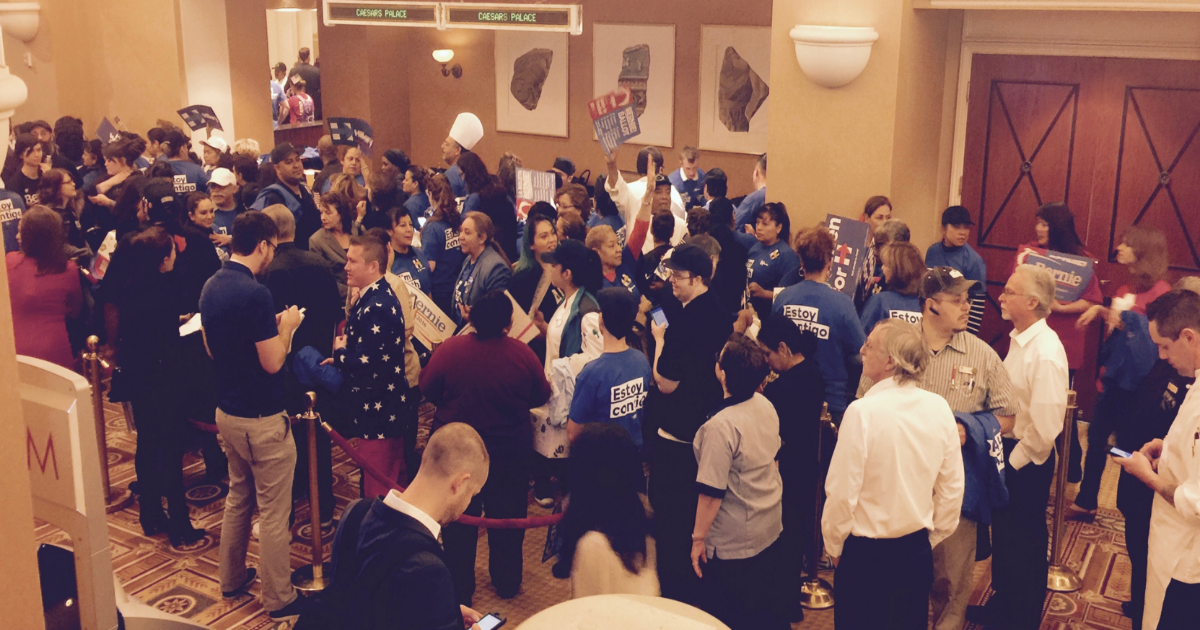With Election Day all but here, voters have seen an increase in campaign advertisements, but it’s likely that the donors responsible for the funding for those ads won’t be made public until after the results are in.
As the New York Times reported, some of the ads are being paid for by super PACs “that did not exist before Labor Day, but have since spent heavily” since. Others are receiving funding from groups that were formed earlier in the year “but remained dormant until recently, reporting few or no contributions in recent filings with the Federal Election Commission, only to unleash six- and seven-figure advertising campaigns.”
The timing of these campaign donations is no coincidence. Much of the funding for these super PACs was donated after Oct. 15, “the last day before Election Day for which super PACs must disclose contributions.”
According to the Times, a PAC called Arkansas Horizon “has spent more than $1 million in the last two weeks on ads attacking Senator Mark Pryor, a Democrat – far more than the cash on had it reported as of mid-October.”
A group out of Kansas called the Alliance for a Free Society was formed in July and didn’t even have a website until recently. It has pumped nearly half a million dollars into the Senate race, attacking Independent candidate Greg Orman. “Documents filed with the Federal Election Commission’s indicated that the group was connected to a former executive of Koch Industries.”
American Future Fund Political Action, yet another super PAC supporting Republican candidates, reported having about $56,000 in mid-October, but somehow announced last Tuesday that it would spend more than $300,000 on behalf of Michigan’s Republican Representative Fred Upton, who is also chairman of the House Committee on Energy and Commerce.
“It’s yet another way to hide money from the public,” Kathy Kiely, managing editor for the Sunlight Foundation, a nonprofit advocating for more transparent campaign spending, told the Times. “What’s particularly insidious is that these are the late contributions that can sometimes tip the balance in a close race. And because of the timing, it looks like people are deliberately trying to mask the source of the money until after Election Day. If money is free speech, why are you standing on a soap box in a burqa?”
There is no “looks like” in this situation. Groups are deliberately trying to hide how much money they have and exactly where it’s coming from. Super rich Republican donors and corporations are pouring money into races in states they don’t live to protect their own interests.
For example, a PAC called Kansans Support Problem Solvers has spent approximately $630,000 to defeat Orman, most of it after the super PACs have to make their final donor disclosures to the election commission. But, according to the Times, “earlier disclosures suggest that [the PAC] does not include any actual Kansans: Funding came from hedge fund executives in Houston and Charlotte.”
By waiting until after the final pre-election disclosure date, the super PACs don’t have to explain to voters in Kansas why millionaires (possibly billionaires) states away are throwing money into their elections. They can keep their funding sources a secret until after the ballots they tried to buy have been counted, which illustrates why serious and real campaign finance reform is needed more than ever.


